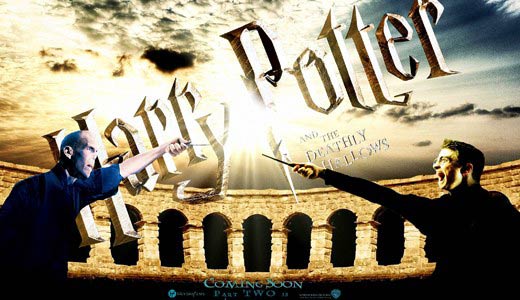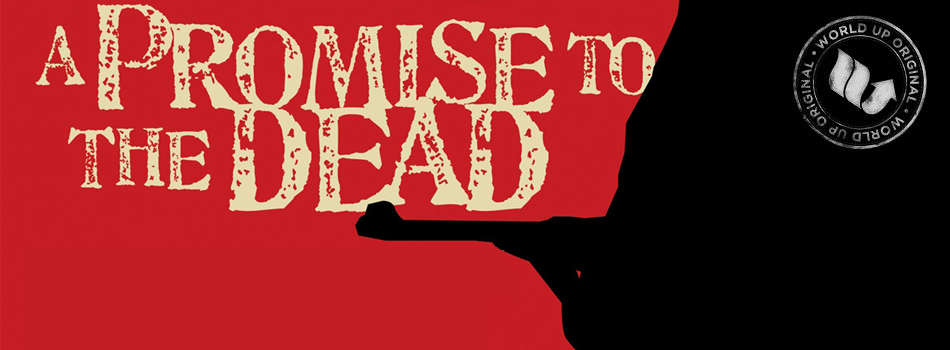The final installment of the Harry Potter movie series, Harry Potter and the Deathly Hallows Part II, has been accompanied by chatter about what it all means.
Some Christians have complained that the books on which the films are based, with all their magic and wizards, were causing children to accept demonic ideas (though the Catholic Church seems to have given up that fight with the good review it gave to the first Deathly Hallows film). Some atheists jumped into the discussion, arguing that the adventures were actually no good because they were very Christian.
While this debate drew some attention, it’s irrelevant and boring. Perhaps demons and sorcery in a novel might have been taboo in Oliver Cromwell’s England, but not for modern audiences. Overly defensive atheists should lighten up; the western world was dominated by Christian ideas for centuries, and that cultural background that can’t help but make its way into fiction.
Far more interesting is the series’ relevance to the previous century and our modern world. It’s a thinly veiled allegory for humanity’s heights and pitfalls over the past 100 years or so. In that sense, both installments ofHarry Potter and the Deathly Hallows work together as a fitting epilogue to the film series, telling a longer story in sequential order but also expressing the fear and hope many feel when dealing with the 21st century world.
Those who love the series often note, despite the magical plot elements, how realistic it is as a coming-of-age story. Unlike most other young adult fiction, Potter doesn’t candy coat anything. The earlier books, about a younger Potter, are indeed cheerful, but as the characters grow older the books – and the films – grow darker. Growing up often includes casting off the happy naiveté of childhood and learning that there are actually bad people – even if they aren’t magic – in the world. We also learn that nothing is black and white, including goodness itself: Even the heroes battle their inner demons, and sometimes they turn against everything they stood for.
But viewing the story only as a well-written parable of becoming an adult misses a lot. Humanity itself came of age in the 20th century, in which more blood was spilled in war and violence than any other combined, andPotter alludes to that.
Despite previous wars, humanity was optimistic as the 1900s dawned. A faith in the future and invention prevailed. At that time there was no such thing as a world war, and no term had yet been invented for what would become known as genocide, the extermination of an entire race.
As the century bore on, the worst-ever war broke out, only to be outdone by an even worse conflict. Fascism and the total state made their debuts, and just before the century’s mid-point came its “midnight.” As Hitler rose and launched that second war, Stalin signed a pact and the western powers appeased. Hitler was toppled, but at great cost – 60 million dead – and a dark new word, genocide, was added to the vocabulary. Add the Cold War, international terrorism, and global climate change into the mix, and humanity reached adulthood, naiveté no longer intact.
How the century’s midnight must have felt is well summed up in The Deathly Hallows Part I. The liberating Ministry of Magic had become a dictatorship in its fight against Voldemort’s minions, and Harry (Daniel Radcliffe), along with Hermione (Emma Watson) and Ron Weasley (Rupert Grint), fled underground.
But while that movie ended with the death of Dobby, the liberated house elf, and a victory on the part of Voldemort, Harry Potter and the Deathly Hallows Part II, stunningly directed by David Yates, is much more hopeful.
As it opens, magical fascism is in full swing: The Ministry has fallen to racial-purity-obsessed Voldemort supporters and civil society seems dead. But shortly after the movie opens, we are, for the first time in years, back at Hogwarts, and insurrection is brewing. It seems that the magical community, no matter how repressed it is, and despite Ministry propaganda, is at all times only a step away from insurrection. Shortly thereafter, a full-scale revolution is in swing (along with the necessary cruelty: Professor McGonagall orders all members of the Slytherin house held in the dungeon, just in case).
In a sense, the two final films of the series work together to present different visions of humanity’s future. The first film is dark and pessimistic, its soul the same as a world destroyed by climate change and extreme right-wing terror. Part II is a film of insurrection and revolution, democracy and humanity.
Which path will humanity ultimately choose? That is yet to be determined. But it is fitting that the film came out shortly after the Arab world began throwing off its own Voldemorts.
Movie Review
Harry Potter and the Deathly Hallows Part II
Directed by David Yates
Starring Daniel Radcliffe, Emma Watson and Rupert Grint
2010, 130 mins., PG-13



